Scientific Highlights 2017

Analytic Imaging Diagnostics Arena (AIDA) funded
AIDA is a cross-disciplinary and cross-sectoral collaboration aiming for large-scale usefulness from Artificial Intelligence (AI) in healthcare.
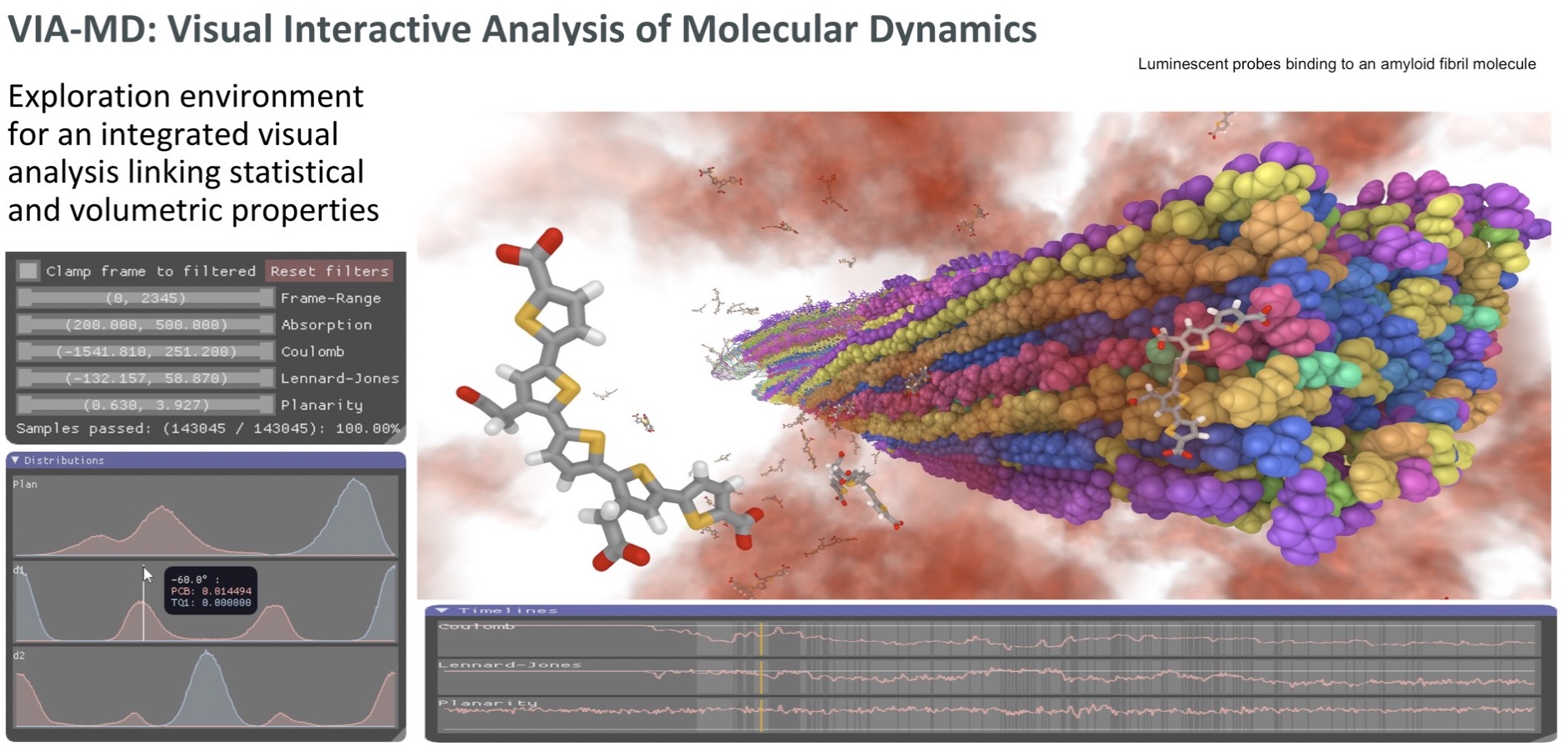
Binding sites for luminescent amyloid biomarkers from non-biased molecular dynamics simulations
A visual analytics environment VIA-MD(visual interactive analysis of molecular dynamics) tailored for large-scale spatio-temporal molecular dynamics simulation data has been developed. A key concept of the environment is to link interactive 3D exploration of geometry and statistical analysis.
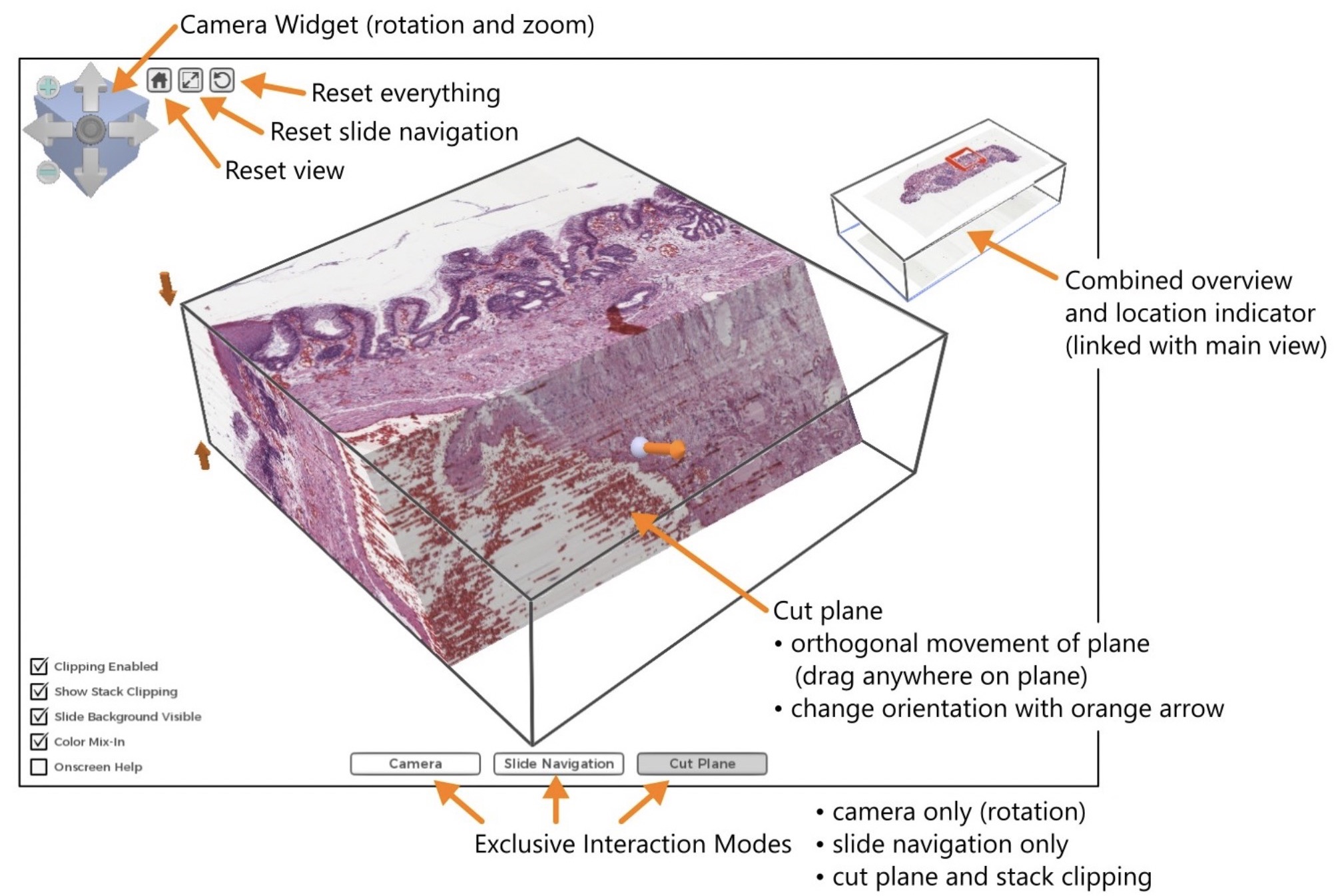
3D Histology, Interactive High-resolution Volume Rendering for Pathology
Histology, the medical analysis at microscopic level of tissue specimen from the human body, is a cornerstone in medical research. Digitization of the microscopy images opens up exciting possibilities for visualization and image analysis.

OpenSpace research results in best paper award at IEEE vis conference 2017: Globe browsing: Contextualized spatio-temporal planetary surface visualization
Results of planetary mapping are often shared openly for use in scientific research and mission planning.In its raw format, however, the data is not accessible to non-experts due to the difficulty in grasping the context and the intricate acquisition process. The OpenSpace software enables interactive contextualization of geospatial surface data of celestial bodies for use in science communication.

Breakthrough in Big Data: 16X performance gains for Hadoop, delivering over 1.2 million operations per second
At USENIX FAST 2017, researchers from RISE SICS and KTH, in collaboration with Spotify and Oracle, presented a next-generation distribution of Apache Hadoop File System, called HopsFS, that delivers a quantum leap in both the cluster-size and throughput compared to Hadoop clusters.

Are NVIDIA Tensor cores good for HPC?
The NVIDIA Volta GPU microarchitecture introduces a specialized unit, called Tensor Core that performs one matrix-multiply-and-accumulate on 4×4 matrices per clock cycle.

Unifying Memory and Storage with MPI Windows
Computing nodes of next-generation supercomputers will include different memory and storage technologies. We propose a novel use of MPI windows to hide the heterogeneity of the memory and storage subsystems by providing a single common programming interface for data movement across these layers.

Iterative eigenvalue algorithms in unbounded domains
In this project, we take an approach where the domain is treated as an infinite domain, leading to a nonlinear eigenvalue problems. New approaches are developed from a numerical linear algebra perspective, e.g. using Arnoldi’s method and modern iterative methods for linear systems, as well as a perspective of numerical methods for partial differential equations.
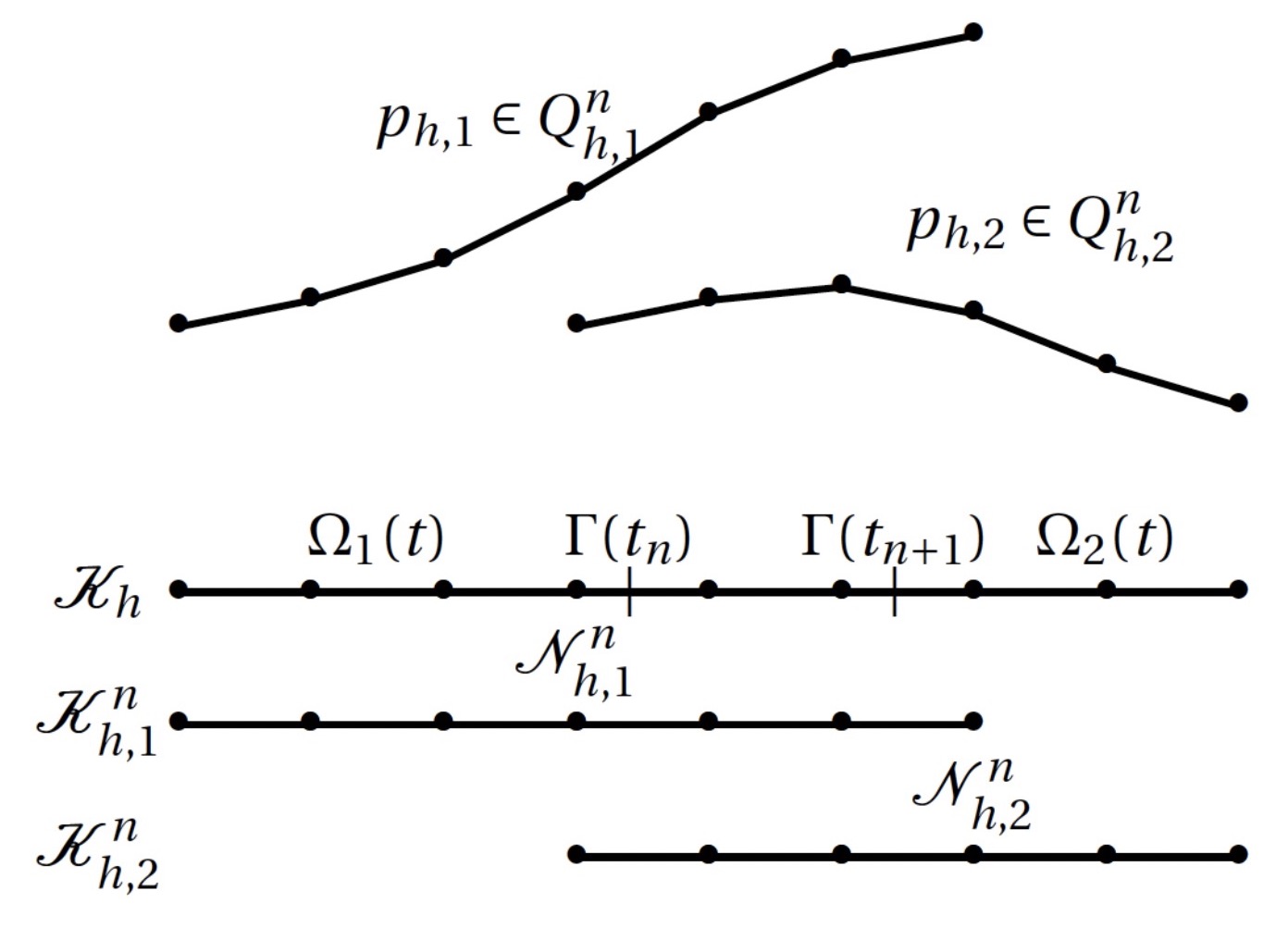
A Cut Finite Element Method for Incompressible Two-Phase Navier-Stokes Flows
A Cut Finite Element Method (CutFEM) for the time-dependent Navier-Stokes equations involving two immiscible incompressible fluids is developed. The numerical method is able to accurately approximate a discontinuous pressure and a weak discontinuous velocity field across evolving interfaces without requiring the mesh to be fitted to the domain or regularizing the discontinuities.
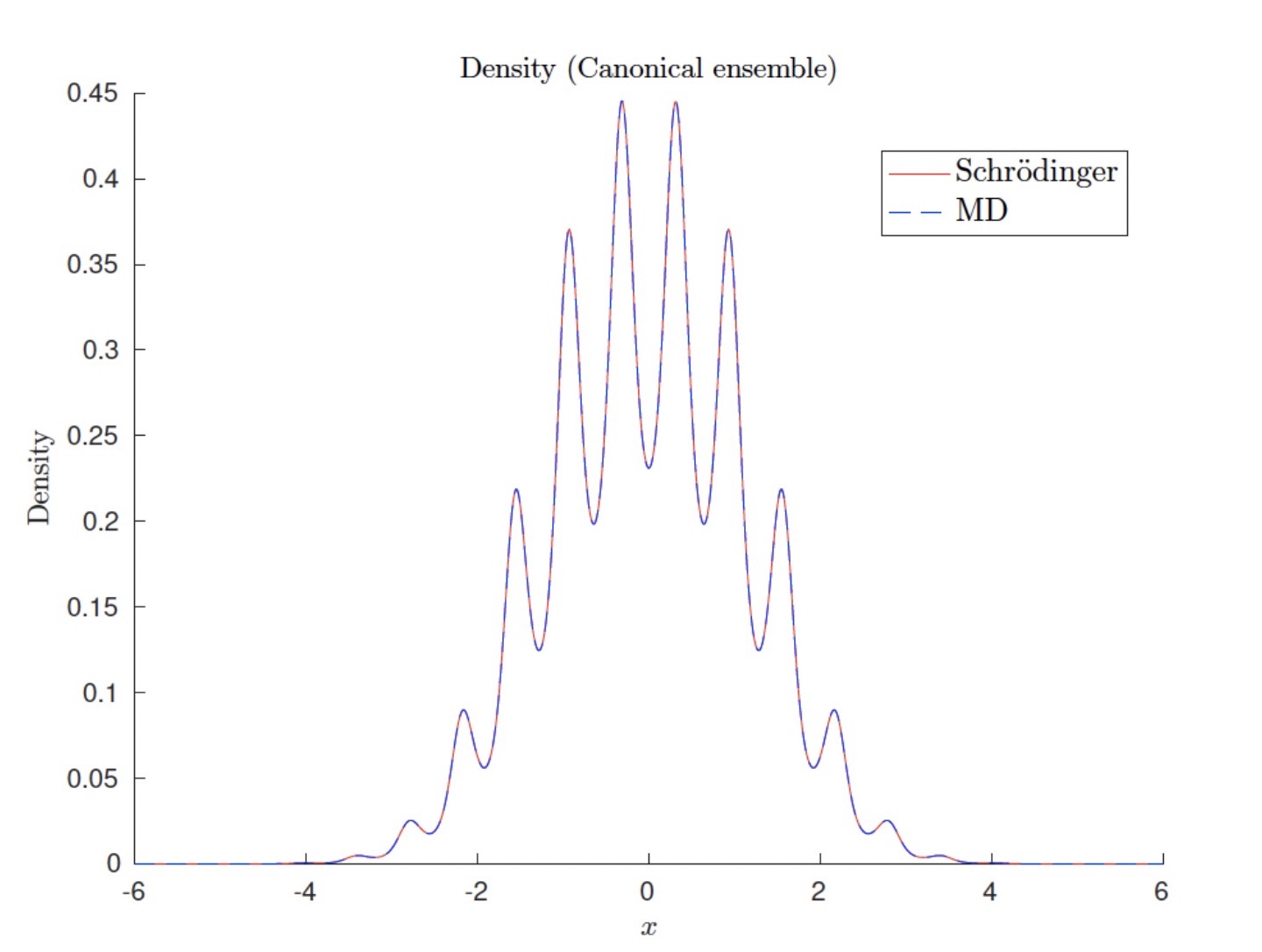
Canonical quantum observables for molecular systems approximated by ab initio molecular dynamics
It is known that ab initio molecular dynamics based on the electron ground state eigenvalue can be used to approximate quantum observables in the canonical ensemble when the temperature is low compared to the first electron eigenvalue gap.
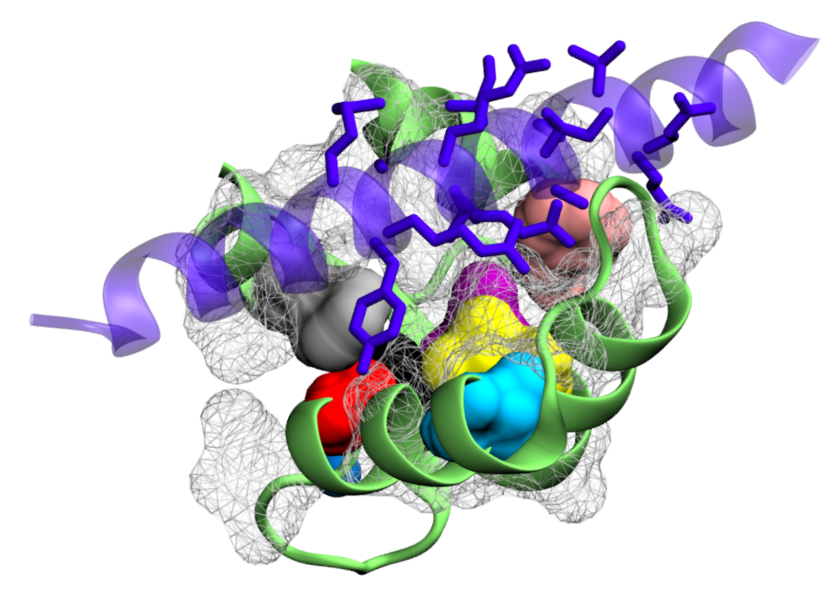
Promiscuous and selective calmodulin
Calmodulin is a ubiquitous calcium sensor that confers calcium sensitivity to many cellular partners. How calmodulin can bind a large number of targets while retaining some selectivity, a phenomenon called promiscuous selectivity, is a fascinating question that we address with molecular dynamics simulations conducted with GROMACS.
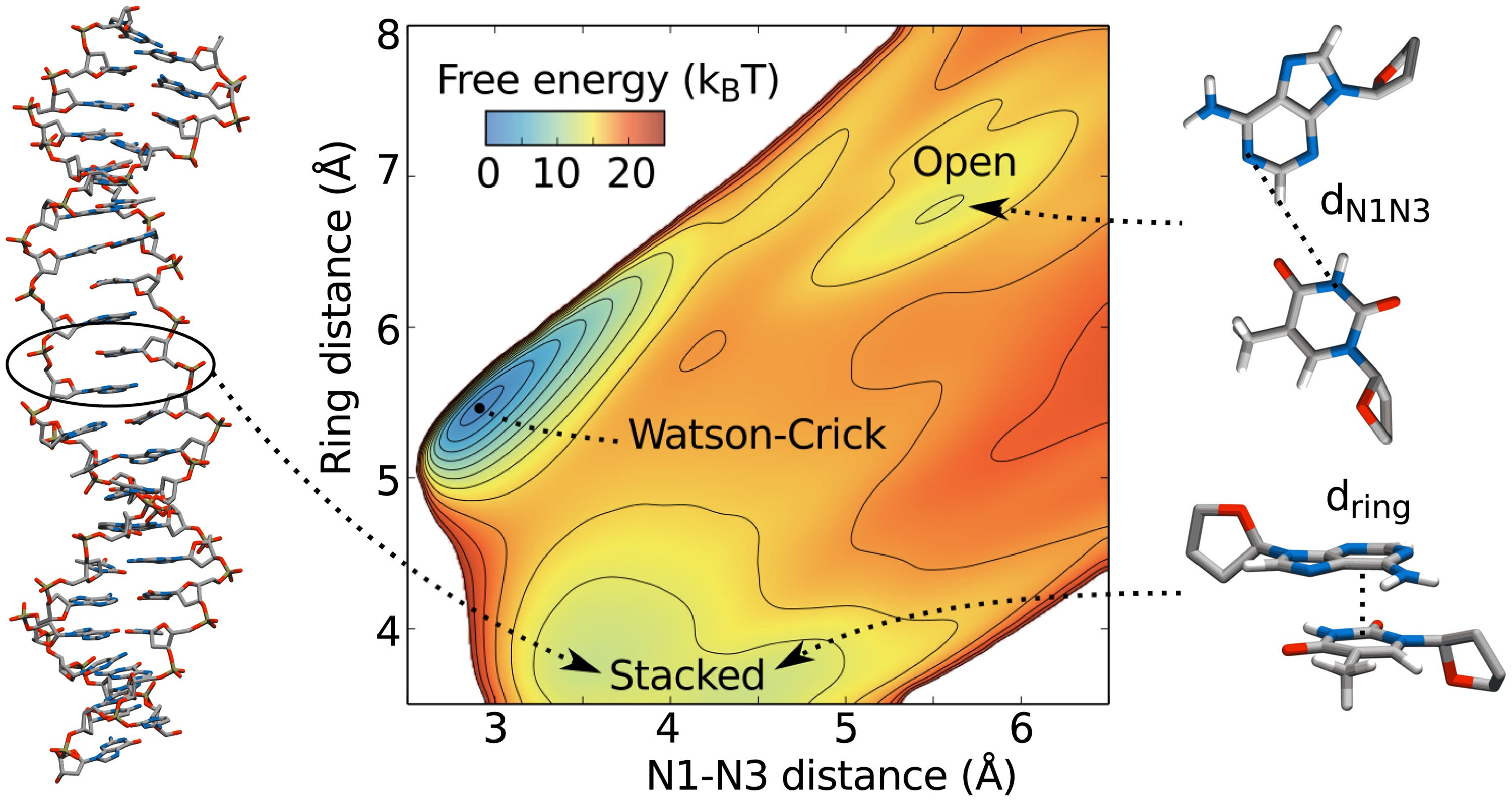
Accelerated sampling of conformational transitions in DNA
Molecular dynamics is a powerful technique to study the behavior of molecules, and in particular bio-molecules such as proteins and DNA. However, the time scales of biologically important events are often much longer than what can be reached with simulations.

Characterization of molecular motion in Cryo-EM image reconstruction
In collaboration with the Laboratory of Molecular Biology (Cambridge, UK), the SeRC Molecular Simulation community has continued their work on new reconstruction algorithms for cryo-electron microscopy.

Molecular models of the skin from cemovis data and simulations of permeation
In a collaboration between SeRC researchers at SU, KTH, and KI as well as ERCO Pharma AB, we have developed new computational methods to fit molecular data to cryo-EM image data of vitreous sections (CEMOVIS) of skin.
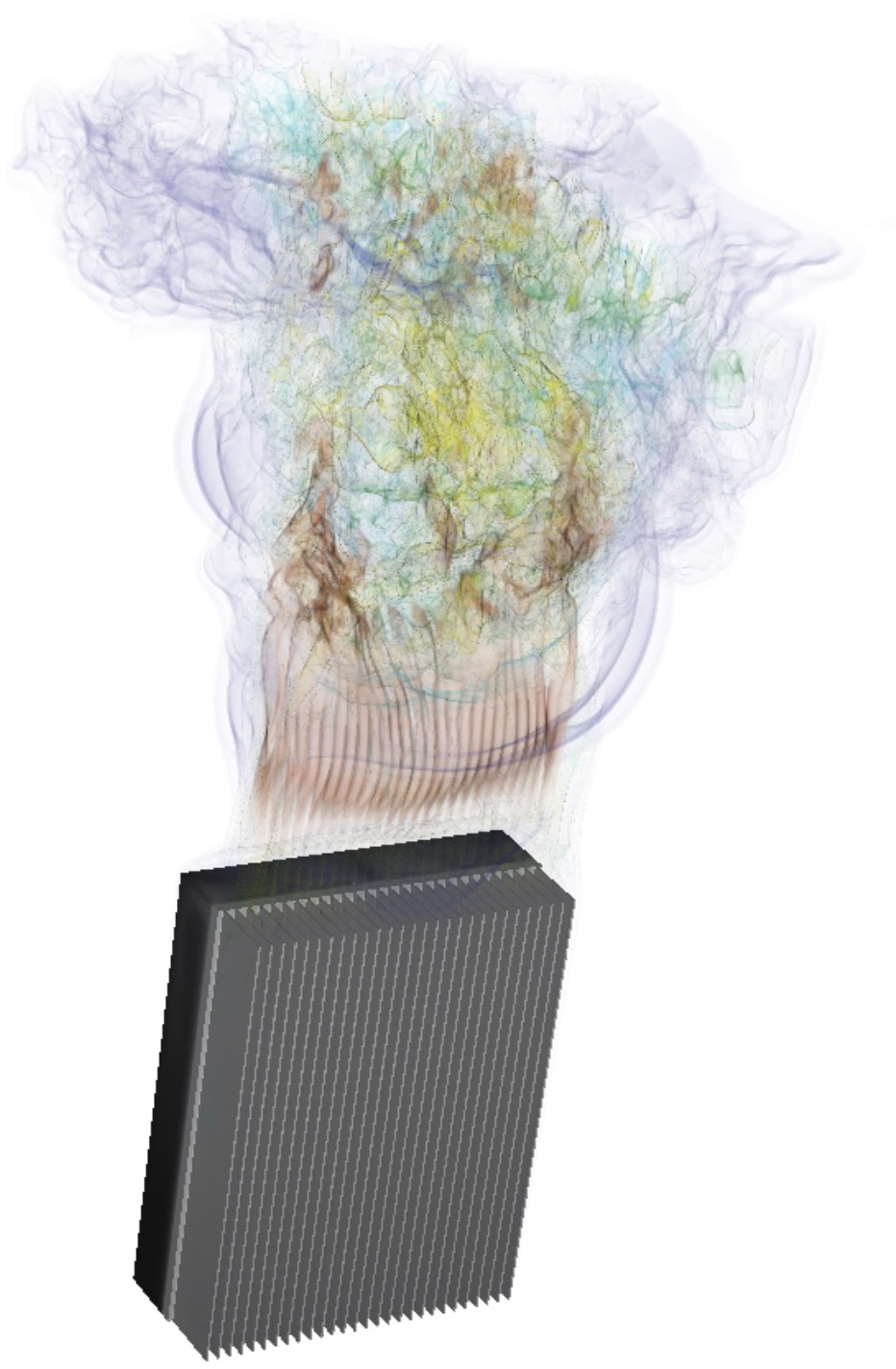
Topology optimization for natural convection flows.
Together with colleagues from Umeå University, we implemented in Nek5000 the possibility to perform high-order accurate topology optimization, useful for flows driven by natural convection.
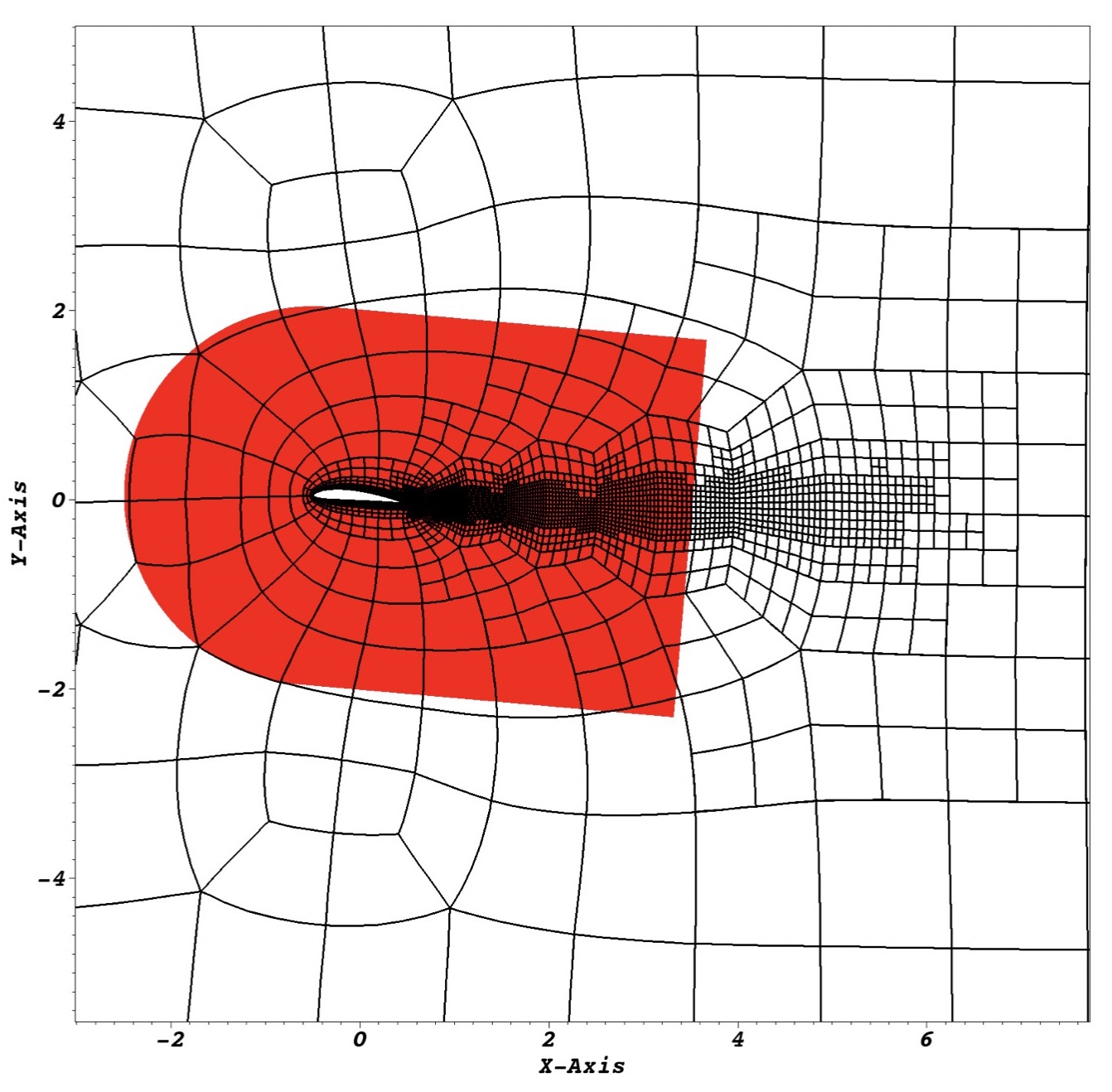
Non-conformal simulations in the high-order code Nek5000
Our continuing work on extending the open-source code Nek5000, based on the high-order spectral element method, has now reached a level of maturity such that we can – for the first time – perform simulations of turbulence in complex geometries.
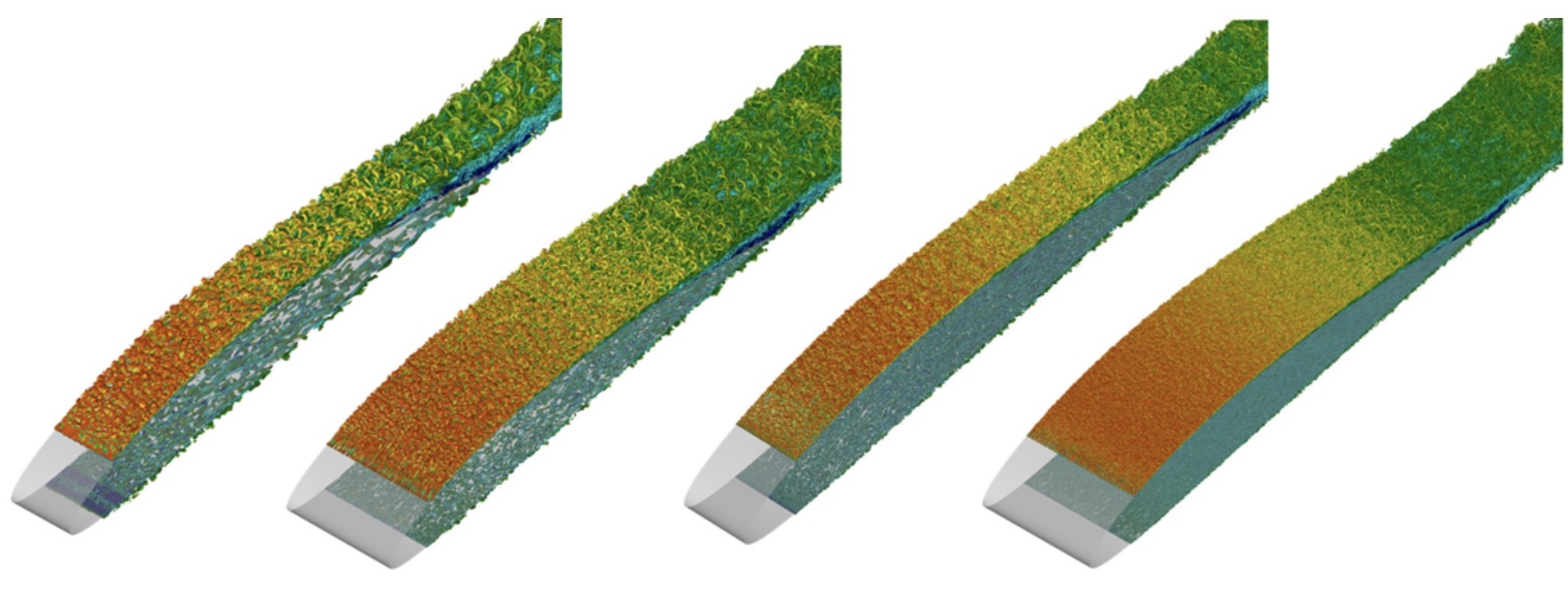
Simulation of turbulent wings at various Reynolds numbers.
Continuing with our efforts on understanding the effect of pressure gradient and curvature on turbulent wings, we have now constructed a database consisting of time and spatially resolved turbulence around wings at 4 Reynolds numbers, starting at the low Re=100k up to the (computationally high) 1M.
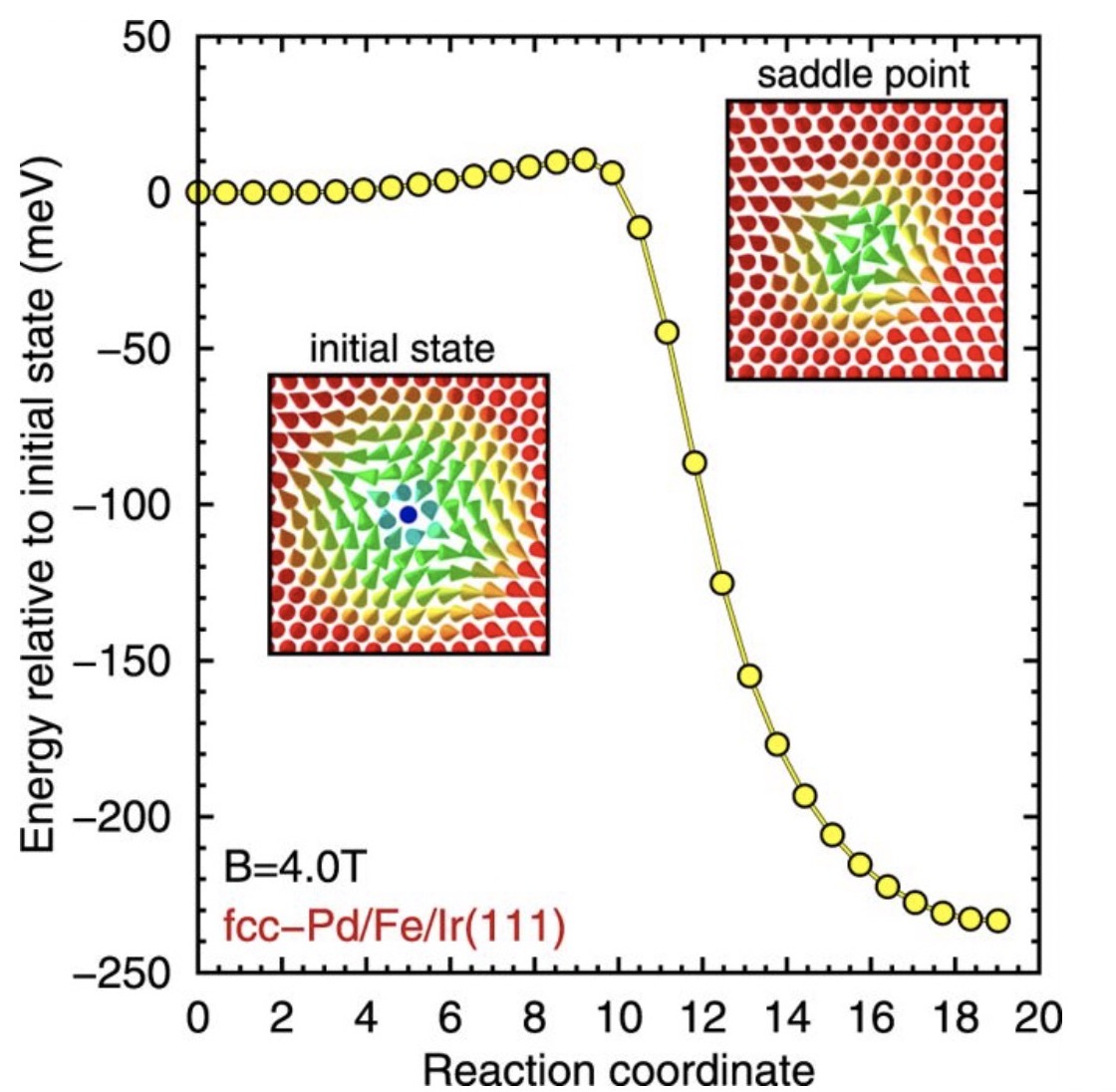
Enhanced skyrmion stability due to exchange frustration
We show that energy barriers and critical fields of skyrmion collapse as well as skyrmion lifetimes are drastically enhanced due to frustrated exchange and that antiskyrmions are metastable.
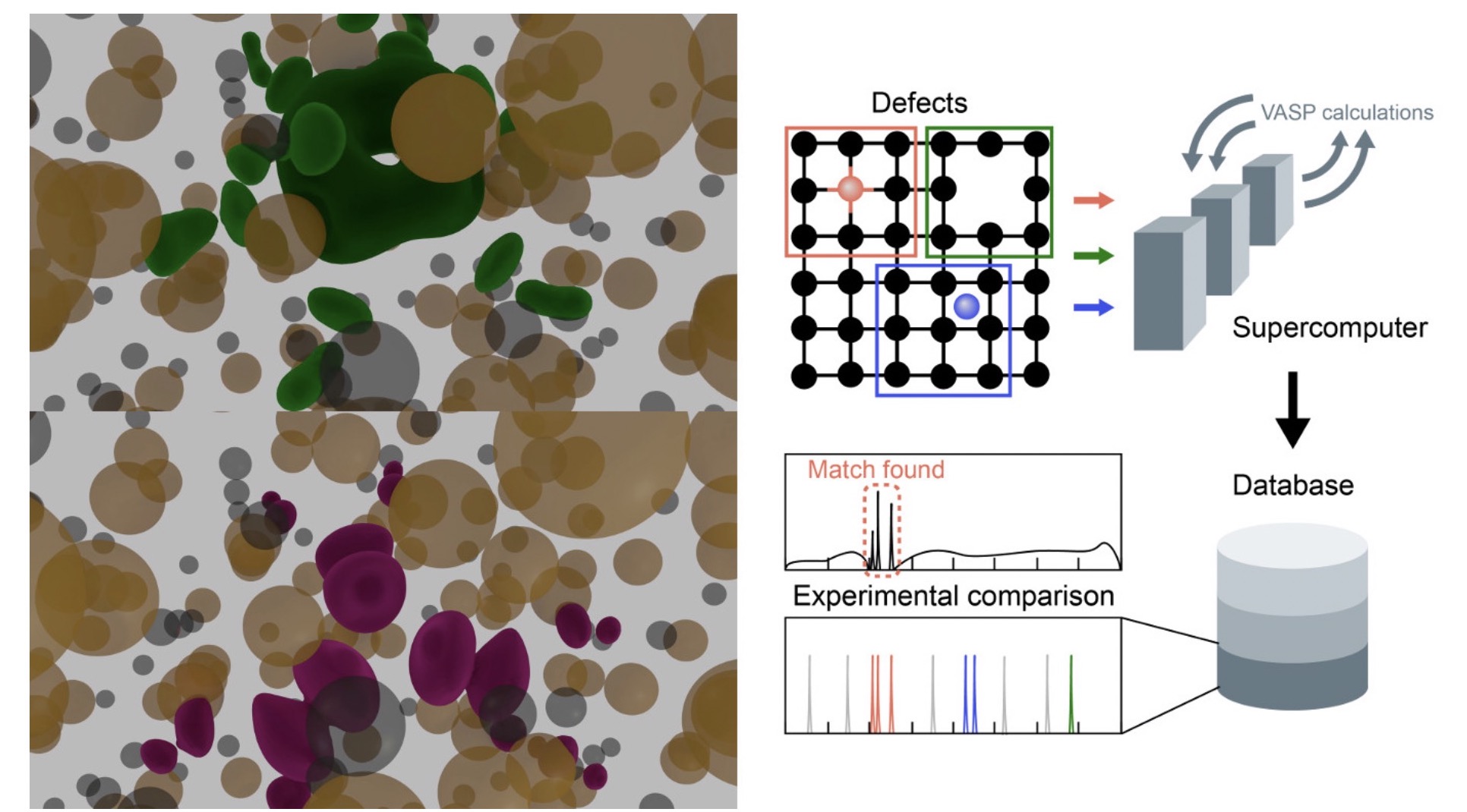
Theoretical Characterization of Point Defects in Silicon Carbide and Other Materials
Silicon carbide (SiC) is a large bandgap semiconductor that is in focus for its potential for applications in quantum information processing. It appears possible to engineer defects in SiC with optical and spin properties that are suitable as single photon sources, and states with long enough lifetime to act as qubit memory.
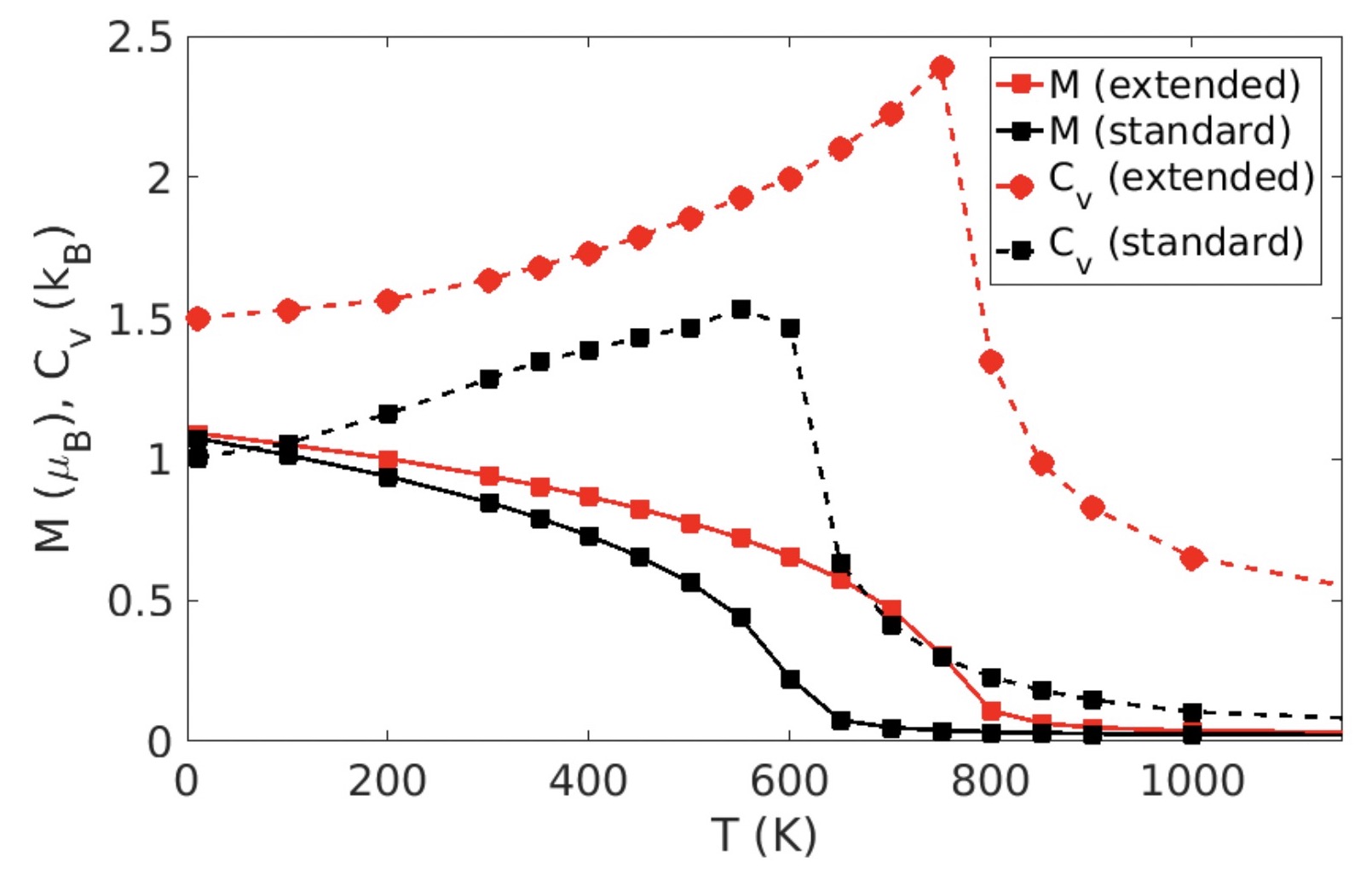
Extended spin model in atomistic simulations of alloys
The proposed model strives to find the right compromise between accuracy and computational feasibility for accurate modeling, even for complex magnetic alloys and compounds.
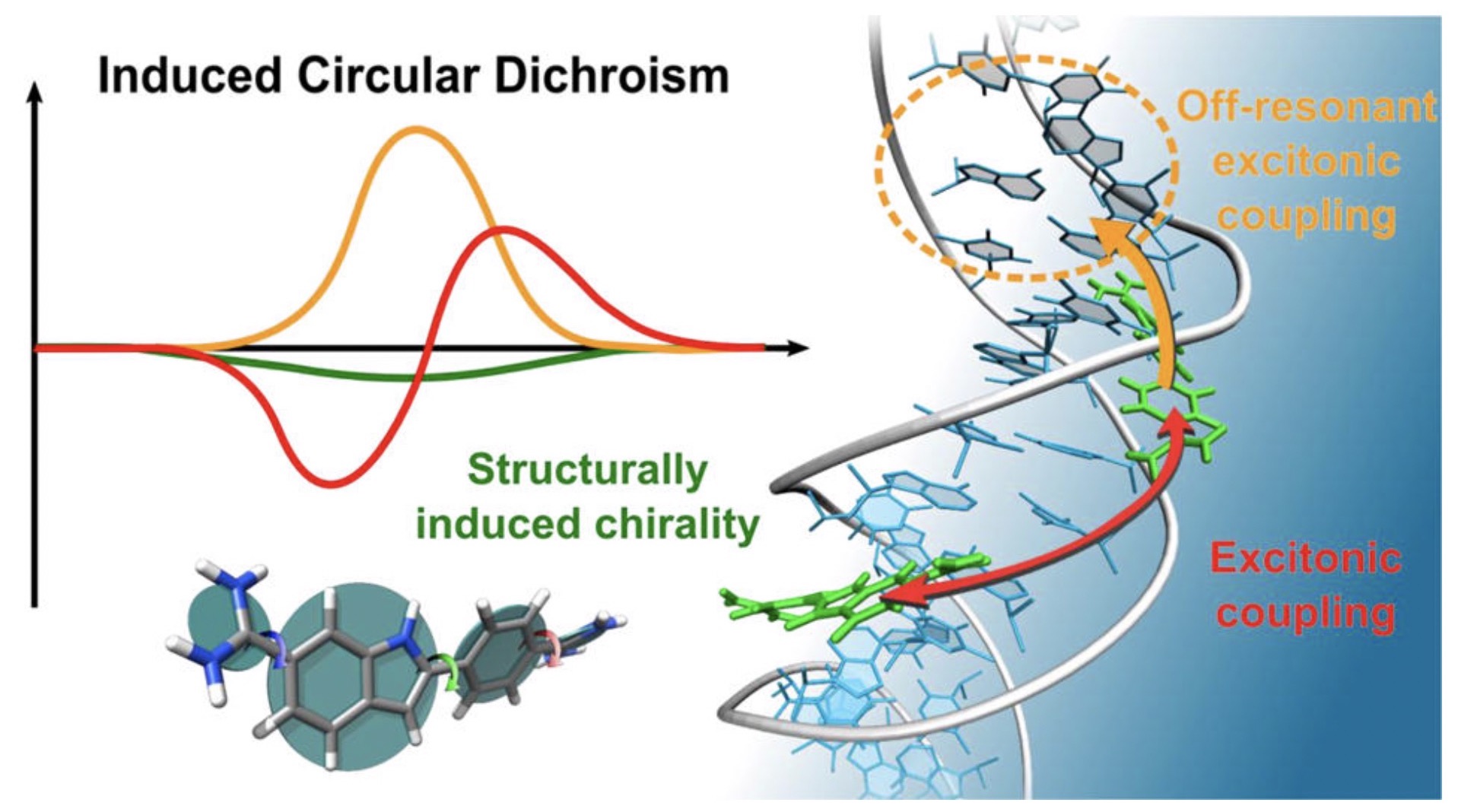
Origin of DNA-Induced Circular Dichroism in a Minor-Groove Binder
With a combination of molecular dynamics simulation, CD response calculations, and experiments on an AT-sequence, we show that the ICD originates from an intricate interplay between the chiral imprint of DNA, off-resonant excitonic coupling to nucleobases, charge-transfer, and resonant excitonic coupling between DAPIs.
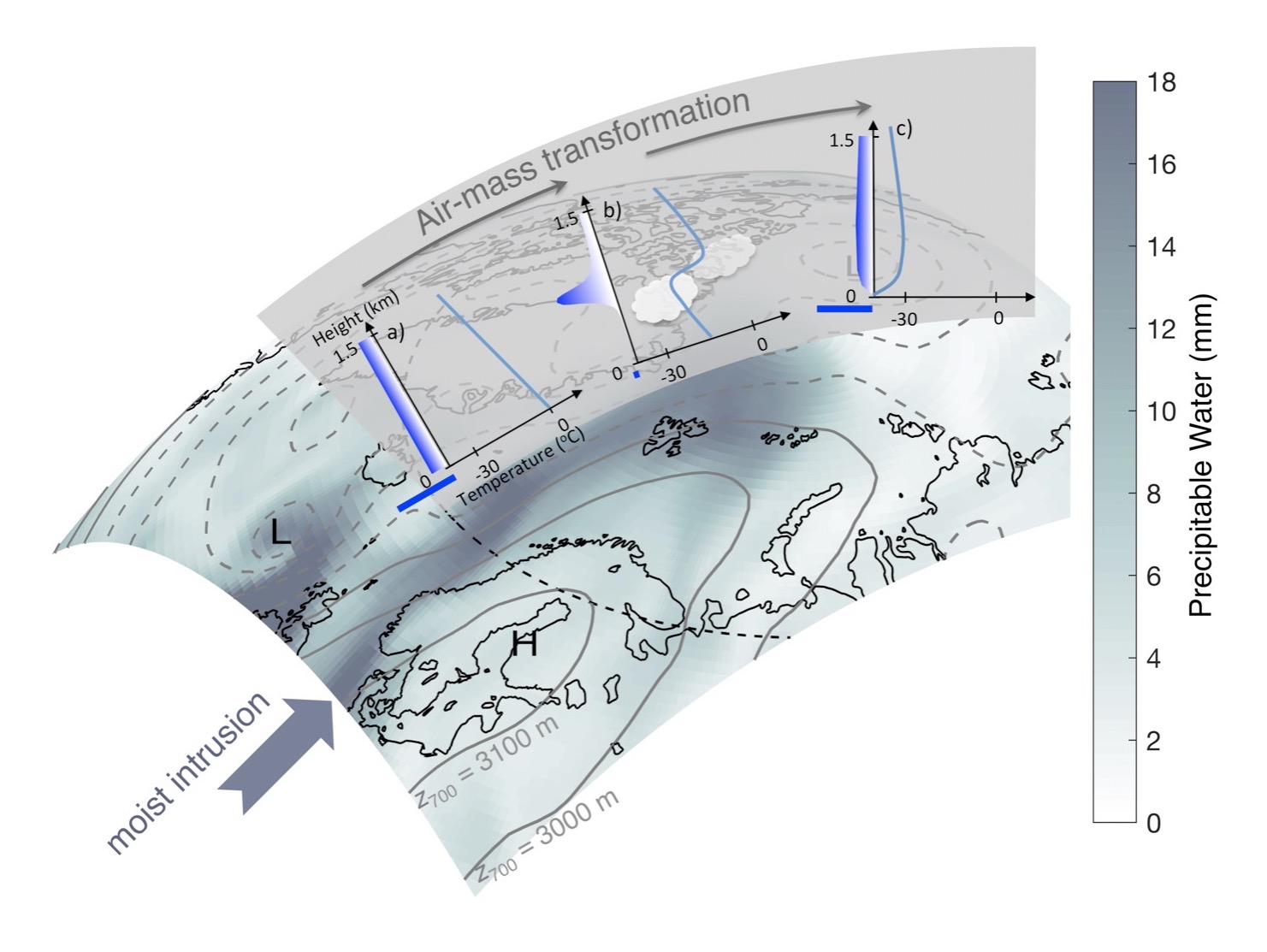
Workshop on Arctic airmass transformations
A workshop organized by Gunilla Svensson, SU, and Felix Pithan, Alfred Wegener Institute, Germany, was held at MISU 6-9 November 2017. The theme of the workshop was how to improve the understanding of air mass transformations in the Arctic by observational and modelling strategies.
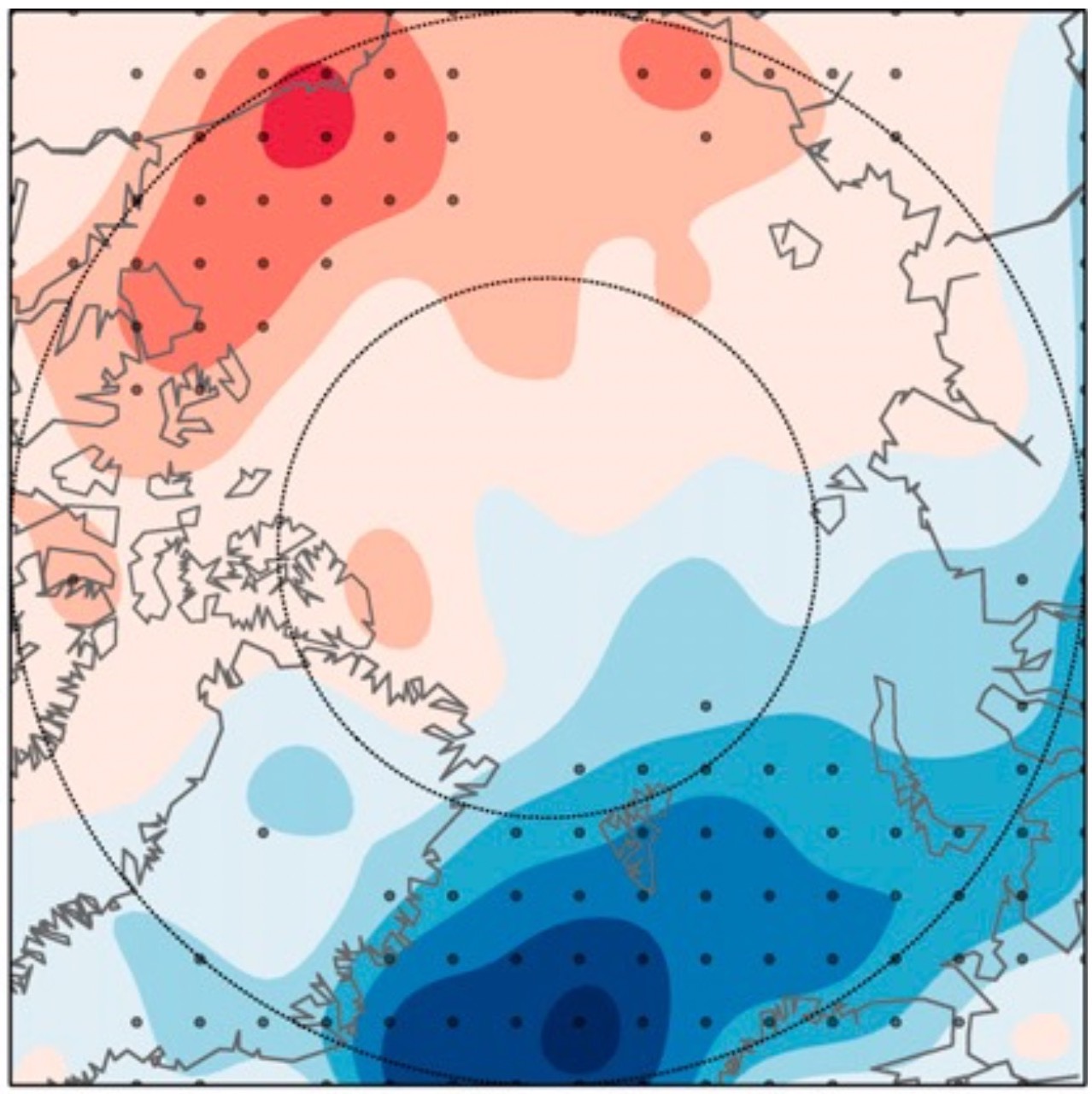
Representation of Arctic moist intrusions in global coupled climate models
Events with warm and moist air entering the Arctic have been shown to have a substantial effect on the surface temperature climate in winter. Here, the coupled global climate models participating in the Coupled Model Intercomparison project Phase 5 (CMIP5) are evaluated with respect to these events.

Atmospheric circulation in a much warmer Earth, simulations using alternative warming scenarios for the Eocene
It is possible to study this period with climate models, but to obtain a reasonable global match between model surface temperature and proxy reconstructions extremely high atmospheric CO2concentrations or a reduction in global cloud albedo is needed. In this work, these two methods are examined.
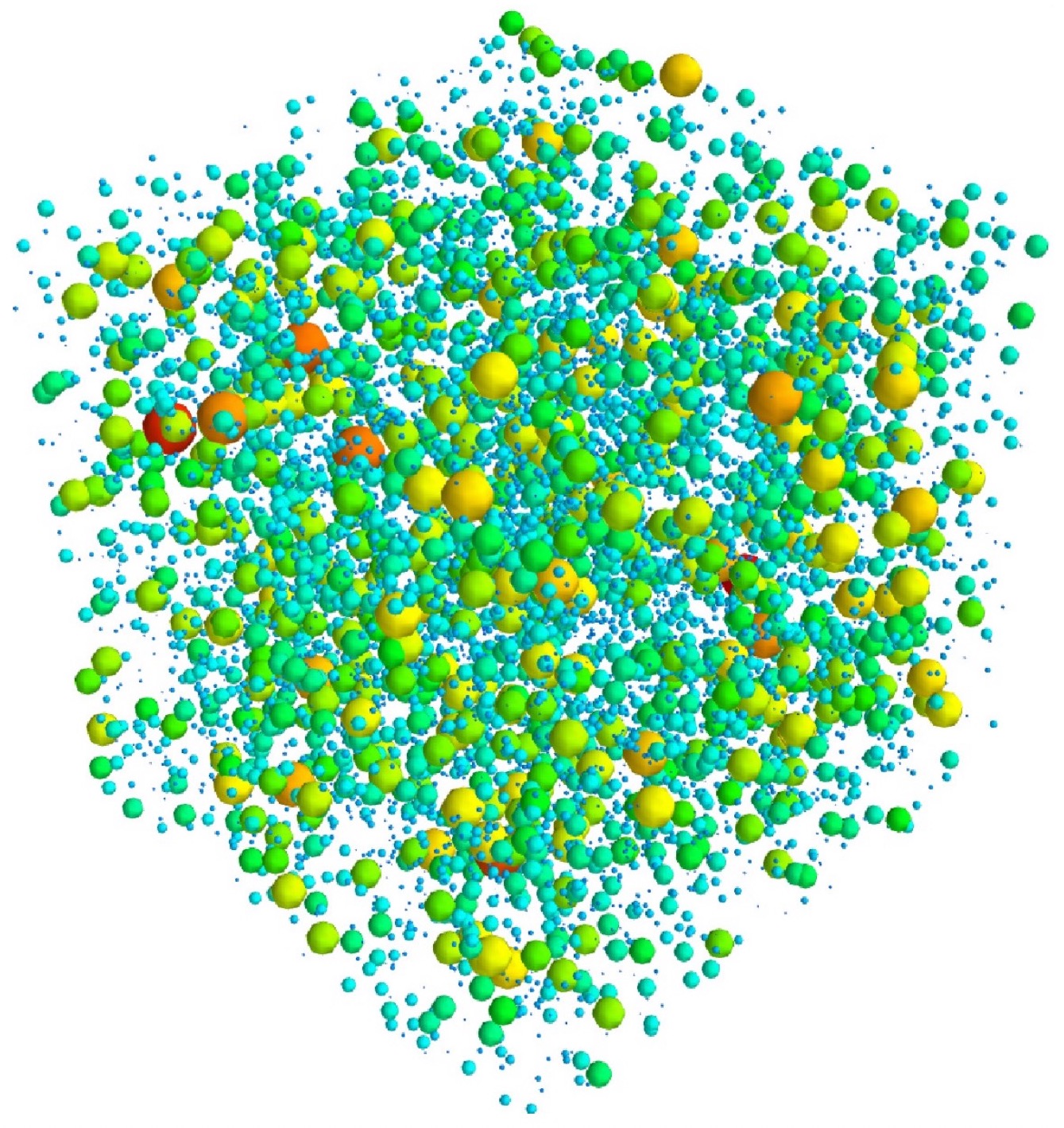
Direct Numerical Simulations of cloud droplet – turbulence interactions
The possible enhancement of droplet growth by turbulence is investigated. The first step in this project is to include droplet microphysics, condensation and collection processes, in a DNS code.

A key role predicted of for fast synaptic plasticity in working memory in the cortex
We tested whether a cortical spiking neural network model with fast Hebbian synaptic plasticity could learn a multi-item WM task (word list learning). The model could indeed reproduce human cognitive phenomena, while being simultaneously compatible with experimental data on structure, connectivity, and neurophysiology of the underlying cortical tissue.
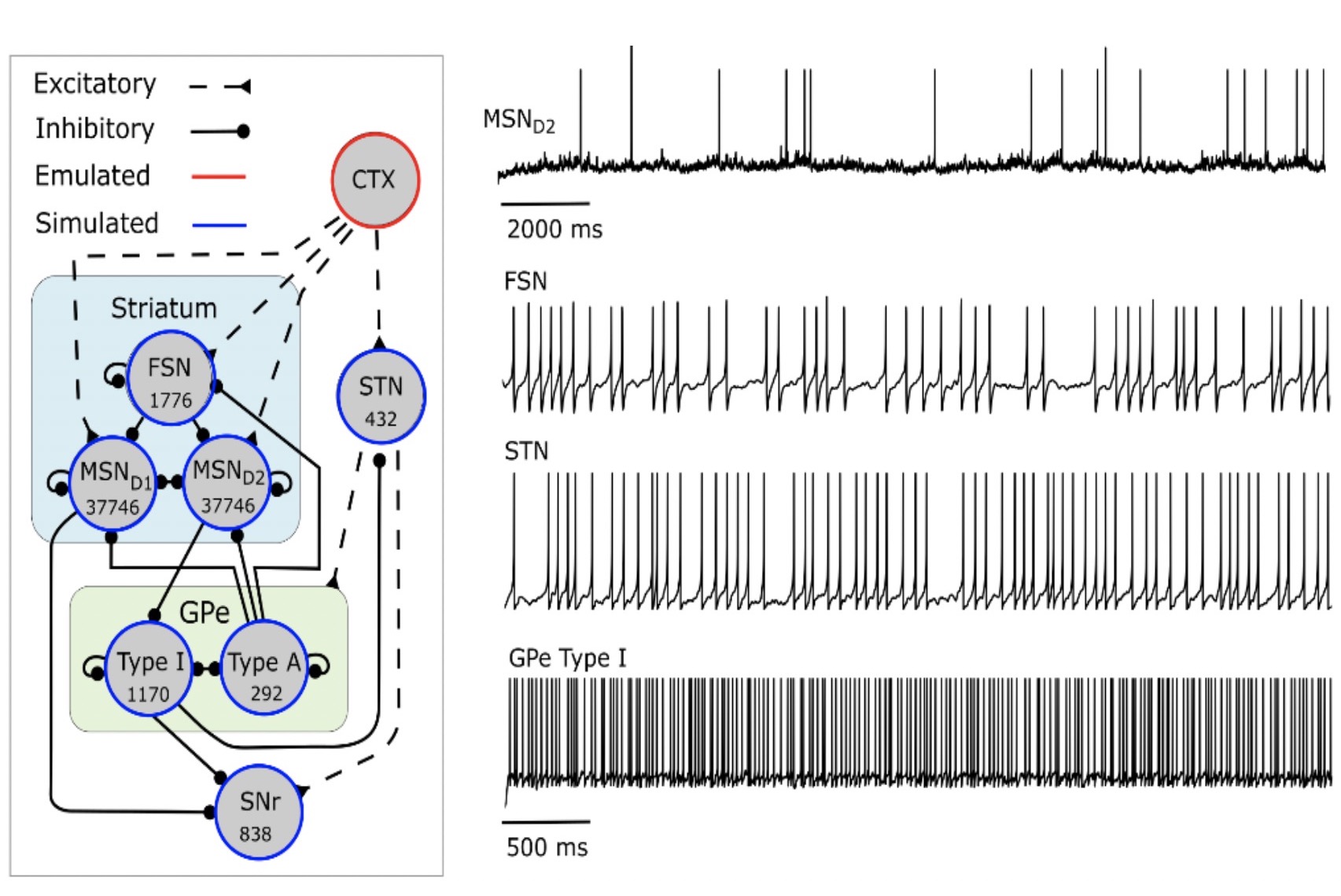
Large scale neural network models of the basal ganglia – an in silico tool for understanding the healthy and diseased system
We built a BG network model consisting of 80 000 spiking neurons (Lindahl and Hellgren Kotaleski, 2017) and used it to better understand how network parameters contribute to function as well as network dynamics, and how functionality can be recovered in the disease state.
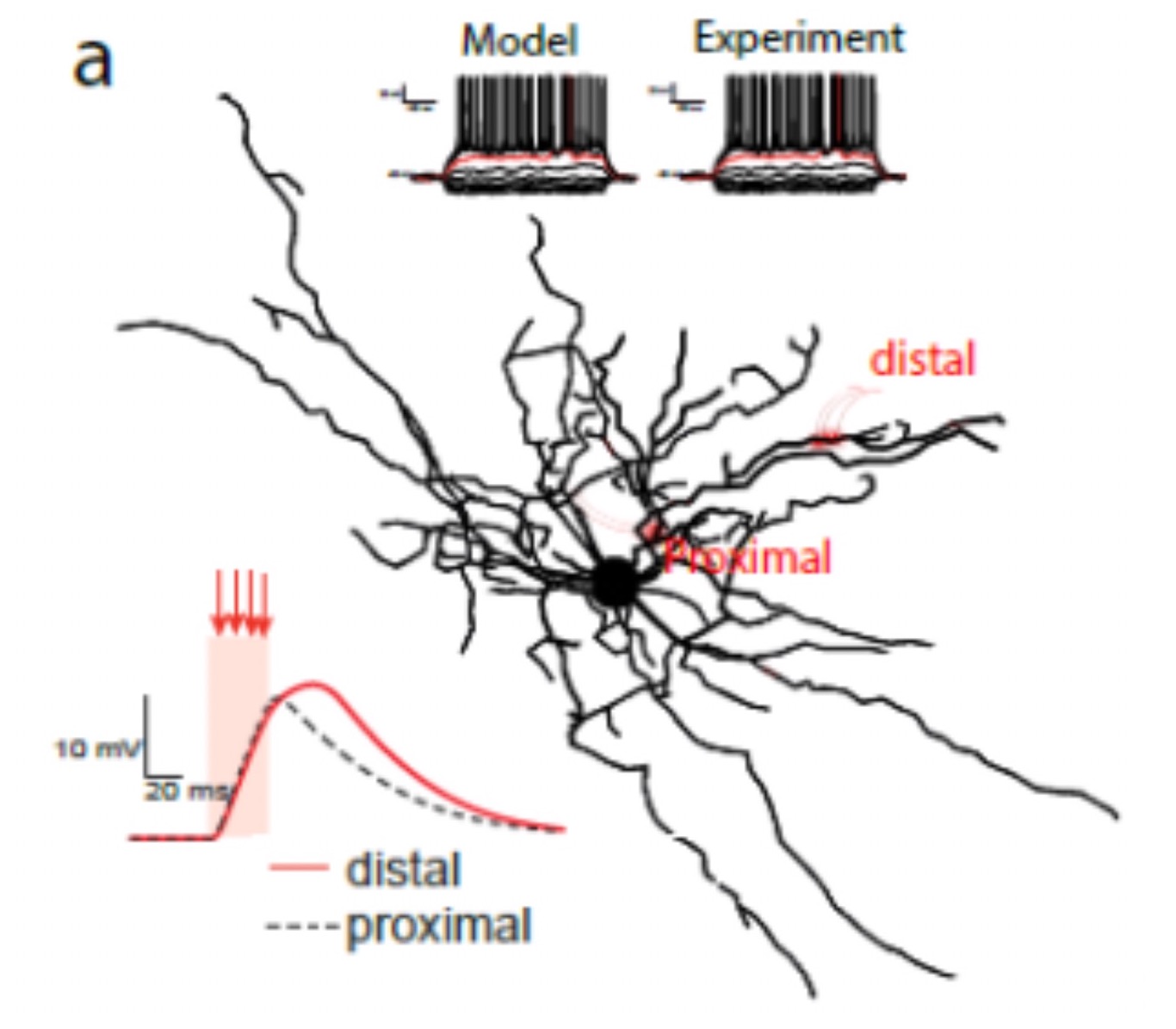
Data-driven brain modeling highlights the importance of the activation patterns of single inhibitory interneurons in the brain
Dendritic plateau potentials generated by the activation of clustered excitatory inputs play a crucial role in neuronal computation and are involved in sensory perception, learning, and memory.




